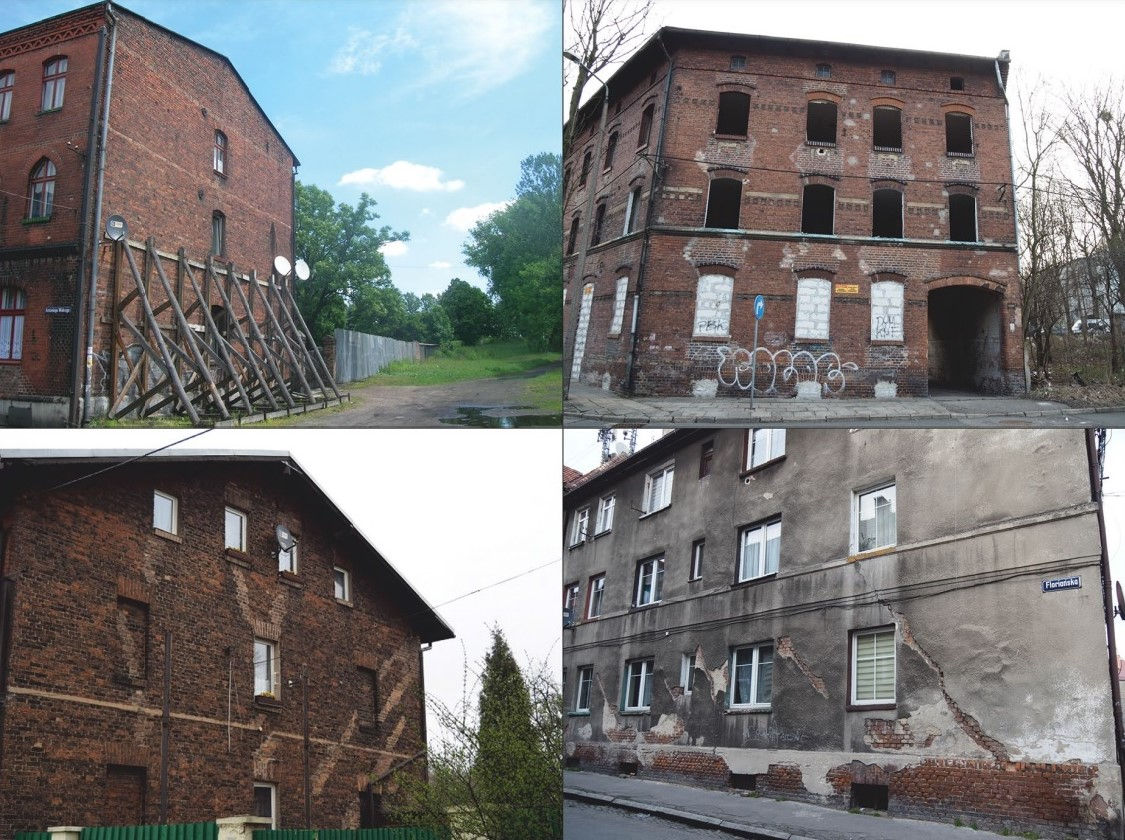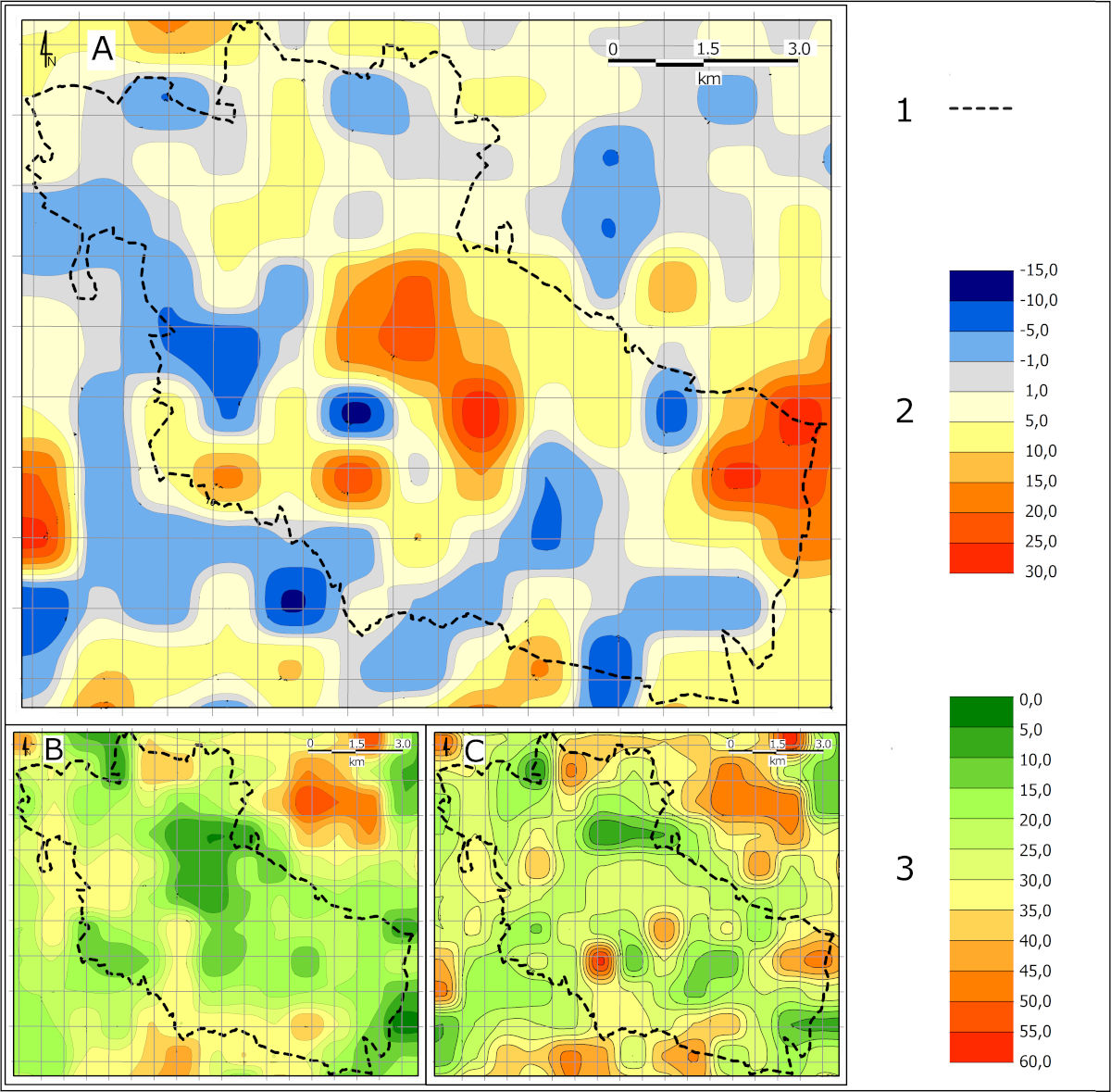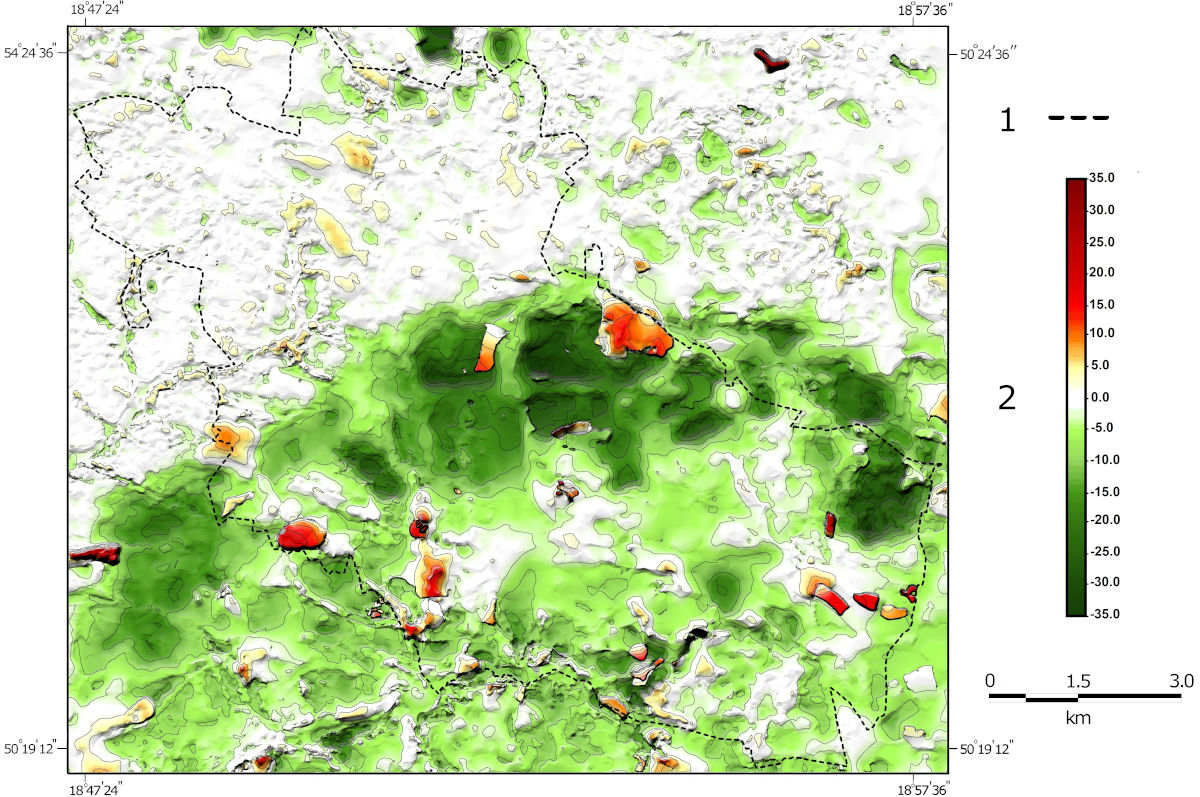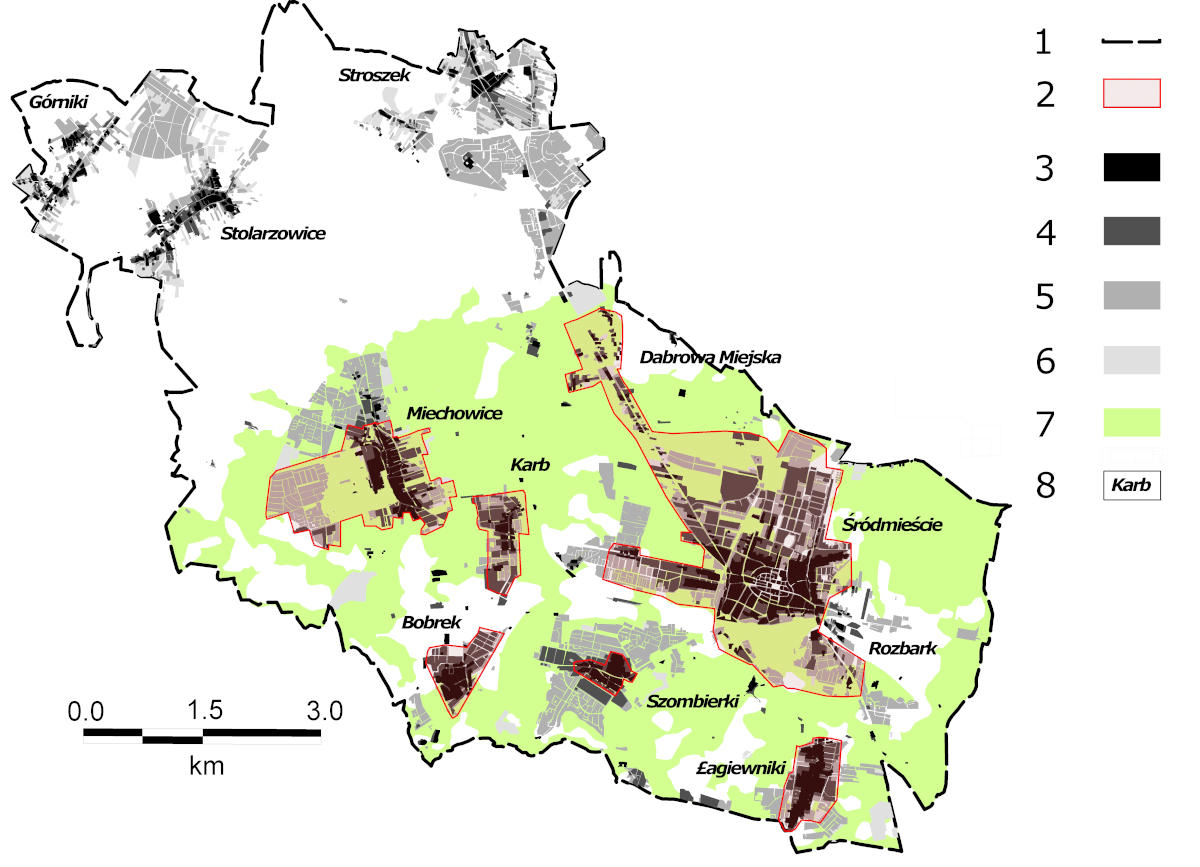An article by dr Maksymilian Solarski (IGSEiGP), dr Robert Machowski, prof. Mariusz Rzętała and dr hab. Martyna A. Rzętała (INoZ) concerning changes in the hypsometry in the area of Bytom in the period 1883-2011 was published in Scientific Reports journal. On the basis of the developed terrain models, the authors concluded that as a result of long-term mining activity in the city, the terrain was significantly transformed. The consequence of underground mining was the formation of extensive subsidence basins and dumps, which contributed to an increase in relative heights and intensity of the relief. During the analyzed period, the city area decreased by an average of 5.5 meters (a maximum of about 35 meters). Mining damage was also a consequence of land subsidence, which manifested itself primarily as damage to the structure of buildings. The research shows that almost 68% of the built-up areas (until 2011) were covered by land subsidence.
Solarski, M., Machowski, R., Rzetala, M. et al. Hypsometric changes in urban areas resulting from multiple years of mining activity. Sci Rep 12, 2982 (2022). https://doi.org/10.1038/s41598-022-06847-8









